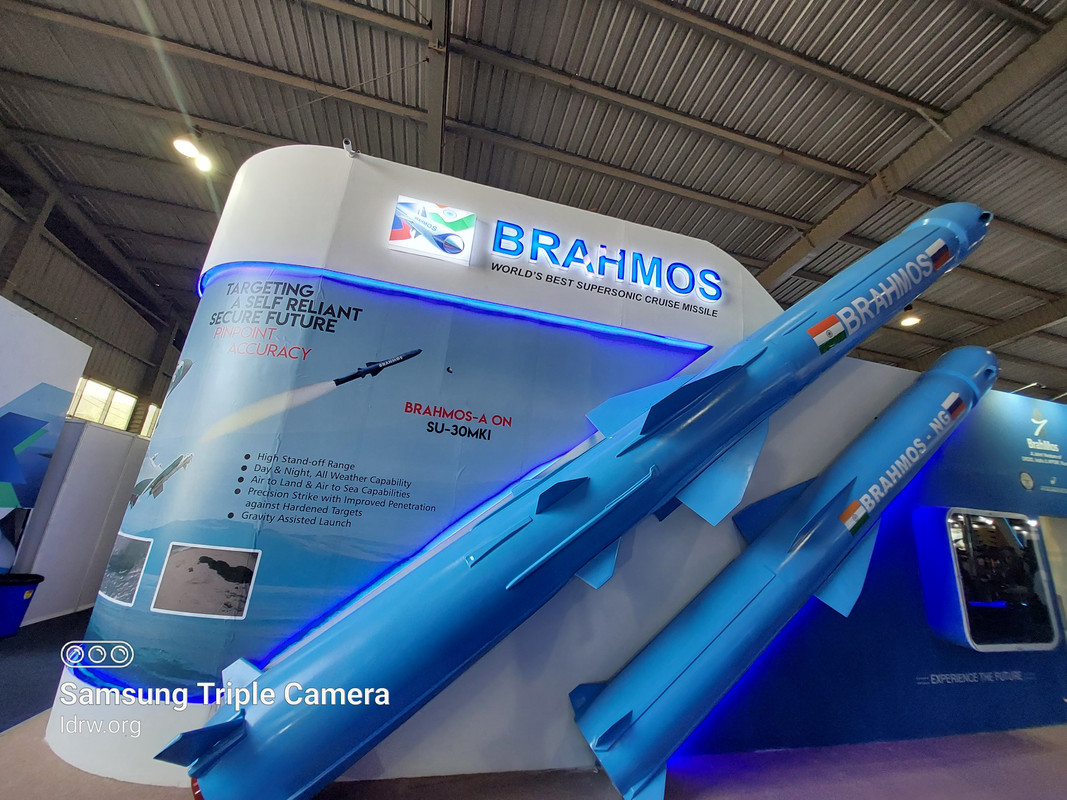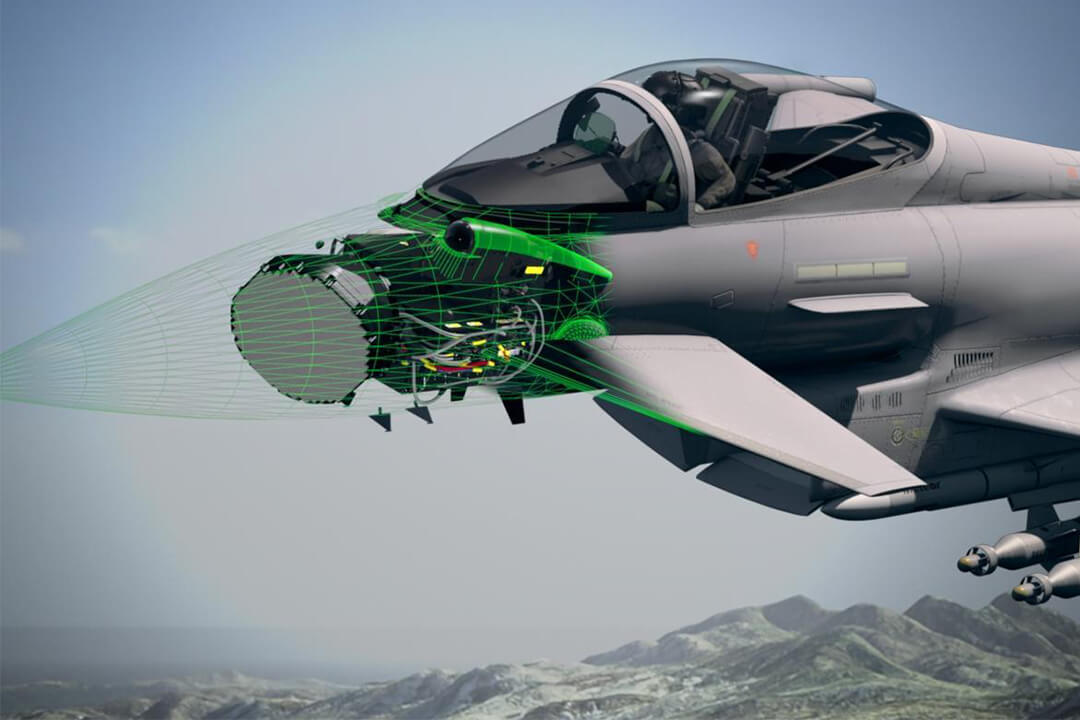SOURCE: RAUNAK KUNDE / NEWS BEAT / IDRW.ORG

In a bid to strengthen its foothold in the Indian aviation market, Brazil’s Embraer has offered its E195-E2 aircraft to HAL-Mahindra for domestic production of the aircraft for the regional market. While The move underscores the South American nation’s emphasis on technology transfer and local manufacturing capabilities, talks are still being held with many Indian companies by the Embraer.
The Embraer E195-E2, is the largest aircraft in the E-Jet E2 family, is renowned for its efficiency and profitability on high-density routes. Its advanced wing design and aerodynamic enhancements contribute to a remarkable 10% reduction in fuel consumption compared to its predecessors.
Continue readingSOURCE: AFI

As technology in the aerospace domain advances, India faces the inevitable need to replace its fleet of Su-30MKI fighter jets, despite upcoming upgrades. The Super-Sukhoi, a planned upgrade that brings the Su-30MKI closer to the capabilities of the Su-35S, will still have limitations in terms of radar cross-section (RCS) and infrared signature (IRS). These factors, coupled with the rapid evolution of radars, surface-to-air missiles (SAMs), and air-to-air missiles (AAMs), emphasize the need for next-generation aircraft that can maintain air superiority against modern threats.
Fifth- and sixth-generation fighter jets are designed to operate as “spies and snipers,” equipped with the latest technology to outperform adversaries. While previous-generation jets can supplement these advanced aircraft, frontline fighters must incorporate cutting-edge stealth, sensors, and weaponry. The Su-30MKI, even with its Super-Sukhoi upgrade, will eventually fall behind in these areas as adversaries field more advanced systems aimed at countering fifth-generation aircraft.
Continue readingSOURCE: AFI

India’s Defence Research and Development Organisation (DRDO) is actively developing laser and microwave-based Directed Energy Weapons (DEW) systems with the capability to neutralize threats ranging from small drones to fighter aircraft.
DRDO Chairman, Dr. Samir V Kamat, confirmed the organization’s focus on this cutting-edge technology. While acknowledging the higher initial procurement costs, he emphasized the potential for significant operational cost savings through the use of DEWs.
Continue readingSOURCE: AFI

Magicmyna, a Bengaluru-based startup, has made significant strides in drone technology with the launch of its MuniTrix 4 Mortar Shell Drop System. The innovative system was unveiled by Dr. P.V Sathya Narayana Murthy, Head of UAV CSIR – National Aerospace Laboratories (NAL).
MuniTrix 4 is a UAV-based solution capable of delivering payloads carrying up to four 60mm or two 81/82mm mortar ammunition. The system boasts an advanced algorithm that accurately determines the impact area of the mortar shells. Moreover, it offers flexibility in choosing the type of warhead, including impact detonation (IMP), delayed detonation (DLY), near-surface detonation (NSB), and distance detonation (PRX).
Continue readingSOURCE: AFI

On this day, 21 August 1990, a somber chapter was written in the annals of the Indian Navy. The INS Andaman (P 74), a patrol vessel, sank in the Bay of Bengal during an operational exercise of the Eastern Naval Command. The tragedy claimed the lives of 15 brave Indian sailors, their names forever etched in the hearts of their countrymen.
The loss of INS Andaman was a devastating blow to the Indian Navy. The vessel and its crew were engaged in a routine exercise when disaster struck. The exact circumstances leading to the sinking remain shrouded in mystery, but the loss of life was a stark reminder of the dangers faced by those who serve their country at sea.
Continue readingSOURCE: IANS

earing Bangladesh could well be the next Pakistan in the making in India’s troubled neighbourhood, several scholars and experts on Wednesday severely condemned the recent statements given by Shafiqur Rahman, the radical leader who currently heads Bangladesh Jamaat-e-Islami (BJI), in which he has openly backed implementation of Sharia law in the country.
Rahman, the Ameer (Chief) of the largest Islamist party in the country which has been banned from contesting elections, was arrested in December 2022 before being released in March, this year.
Continue readingSOURCE: IDRW.ORG TEAM

The highly anticipated BrahMos-NG supersonic cruise missile, a joint venture between India and Russia, is set to commence testing within the next two years. This announcement was made by A. Maksichev, co-director of the BrahMos joint venture on the Russian side, in a statement to TASS news agency.
The BrahMos-NG is a formidable weapon, weighing in at 1.3 tons and capable of being launched from any fighter aircraft. It is particularly designed to integrate seamlessly with the Indian Air Force’s Sukhoi-30MKI fleet. With a remarkable range of 290 kilometers and a blistering speed of Mach 3.5, the BrahMos-NG is poised to become one of the deadliest air-launched cruise missiles in the world.
Continue readingSOURCE: IDRW.ORG TEAM

The Indian Army has initiated a Request for Information (RFI) to bolster its domestic defense capabilities by seeking indigenous production of advanced 125mm Armour Piercing Fin Stabilized Discarding Sabot (APFSDS) ammunition. This critical component is essential for enhancing the firepower of the country’s T-72 and T-90 main battle tanks.
The RFI emphasizes the need for ammunition with superior Depth of Penetration (DoP) capabilities, a crucial factor in defeating modern armored vehicles equipped with advanced protection systems. By localizing the production of this essential munition, the Indian Army aims to reduce dependence on foreign suppliers and create opportunities for domestic defense industries.
Continue readingSOURCE: AFI

Sanjeev Singhal, the chairman and managing director of Mazagon Dock Shipbuilders (MDS), a defense public sector undertaking (PSU), has expressed optimism about securing the order for the 75I submarine. In a recent interview, he stated that MDS is participating in the project alongside TKMS Germany and is confident of a positive outcome.
Singhal highlighted the strong order pipeline for shipbuilding, submarines, and offshore projects. He noted that the Indian Navy has recently cleared the TKMS-offered U-214 variant of the submarine after a thorough evaluation, finding it to meet all technical specifications. This positive development further strengthens MDS’s chances of securing the 75I submarine order.
Continue readingSOURCE: AFI

The Indian Air Force (IAF) is on the lookout for a modern, versatile transport aircraft to replace its aging fleet of IL-76s. The Kawasaki C-2, a cutting-edge medium-range military transport aircraft developed by Japan’s Kawasaki Heavy Industries (KHI),
One of the C-2’s most significant advantages is its impressive payload capacity. With a larger cargo hold than its predecessors, the C-1 and C-130 Hercules, the C-2 can transport significantly heavier loads. This capability enables it to fulfill a wide range of missions, including international cooperative operations, troop transport, supply drops, and medical evacuation.
Continue readingSOURCE: AFI

The Indian helicopter industry, particularly Hindustan Aeronautics Limited (HAL), has made significant strides in recent years. The successful development and production of the Light Combat Helicopter (LCH) Prachand is a testament to this progress. However, the question remains: Can India develop its own Apache-class heavy attack helicopter?
A crucial factor in India’s potential to develop a heavy attack helicopter is the Indigenous Medium Rotorcraft Helicopter (IMRH) program. This initiative aims to create a multi-role helicopter platform that can be adapted for various roles, including attack, transport, and search and rescue.
Continue readingSOURCE: AFI

The Defence Research and Development Organisation (DRDO) is set to undergo a significant shift in its focus, with a reduced emphasis on the development of small arms and ammunition. In a recent interview, DRDO Chairman Dr. Samir V Kamat highlighted the rapid progress made by the private sector in this domain.
Kamat emphasized that the private industry has gained substantial experience and expertise in developing small arms and ammunition, making them well-positioned to take the lead in this sector. As a result, DRDO plans to gradually phase out its involvement in small arms development over the next few years.
Continue readingSOURCE: AFI

The Indian Navy’s Naval Air Station Rajali (INS Rajali) is a hub of naval aviation excellence, and at the heart of this operation is the unwavering dedication of the Agniveers. These young sailors, entrusted with the responsibility of maintaining the P8I maritime patrol aircraft, play a pivotal role in ensuring the aircraft’s operational readiness and the Navy’s maritime dominance.
The P8I, a state-of-the-art maritime patrol aircraft, is a critical asset to the Indian Navy. Its advanced capabilities, including long-range surveillance, anti-submarine warfare, and anti-surface warfare, make it an indispensable tool for safeguarding India’s maritime interests. To ensure that the P8I remains in peak condition, the Agniveers at INS Rajali carry out meticulous maintenance procedures.
Continue readingSOURCE: RAUNAK KUNDE / NEWS BEAT / IDRW.ORG

In a significant development for India’s military modernization, the Defence Research and Development Organization (DRDO) has confirmed the existence of Project Virupaksha, an ambitious project aimed at upgrading the Su-30MKI fighter jets with advanced Active Electronically Scanned Array (AESA) radars.
According to Dr. B.K. Das, the Director General for Electronics and Communication Systems at DRDO, Project Virupaksha will equip the Su-30MKI with a state-of-the-art AESA radar, offering enhanced capabilities such as simultaneous radar functionalities, air surveillance, air-to-ground targeting, and weapon control.
Continue readingSOURCE: RAUNAK KUNDE / NEWS BEAT / IDRW.ORG

In a strategic move to deepen defence ties, India has proposed a modified version of its Nilgiri-class frigate to the Brazilian Navy. This offer comes as Brazil is expanding its naval capabilities with the Tamandaré-class frigate program.
Currently, Brazil operates one Tamandaré-class frigate, the ‘Jerônimo de Albuquerque’, with three more under construction. Built by ThyssenKrupp Marine Systems, these ships have a displacement of around 3,500 tons. In contrast, the Indian-built Nilgiri-class frigate is significantly larger, boasting a displacement of 6670 tons.
Continue reading